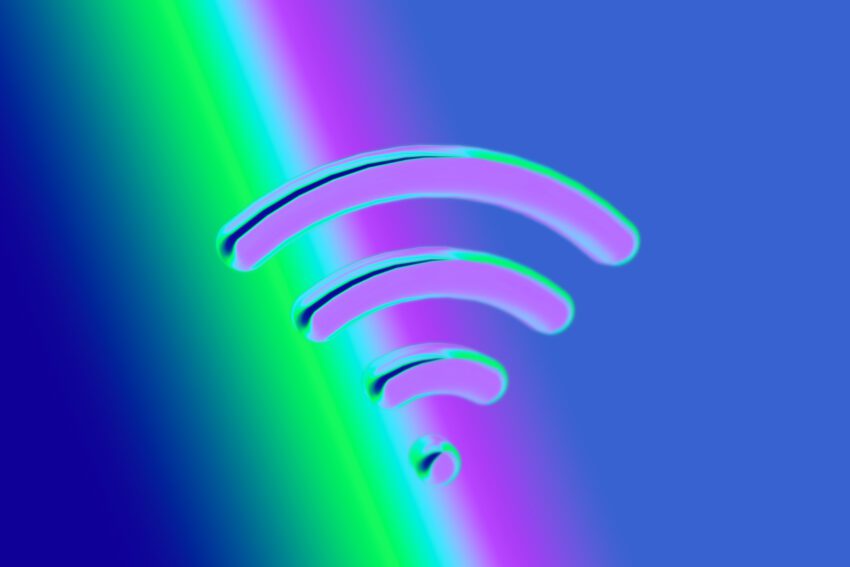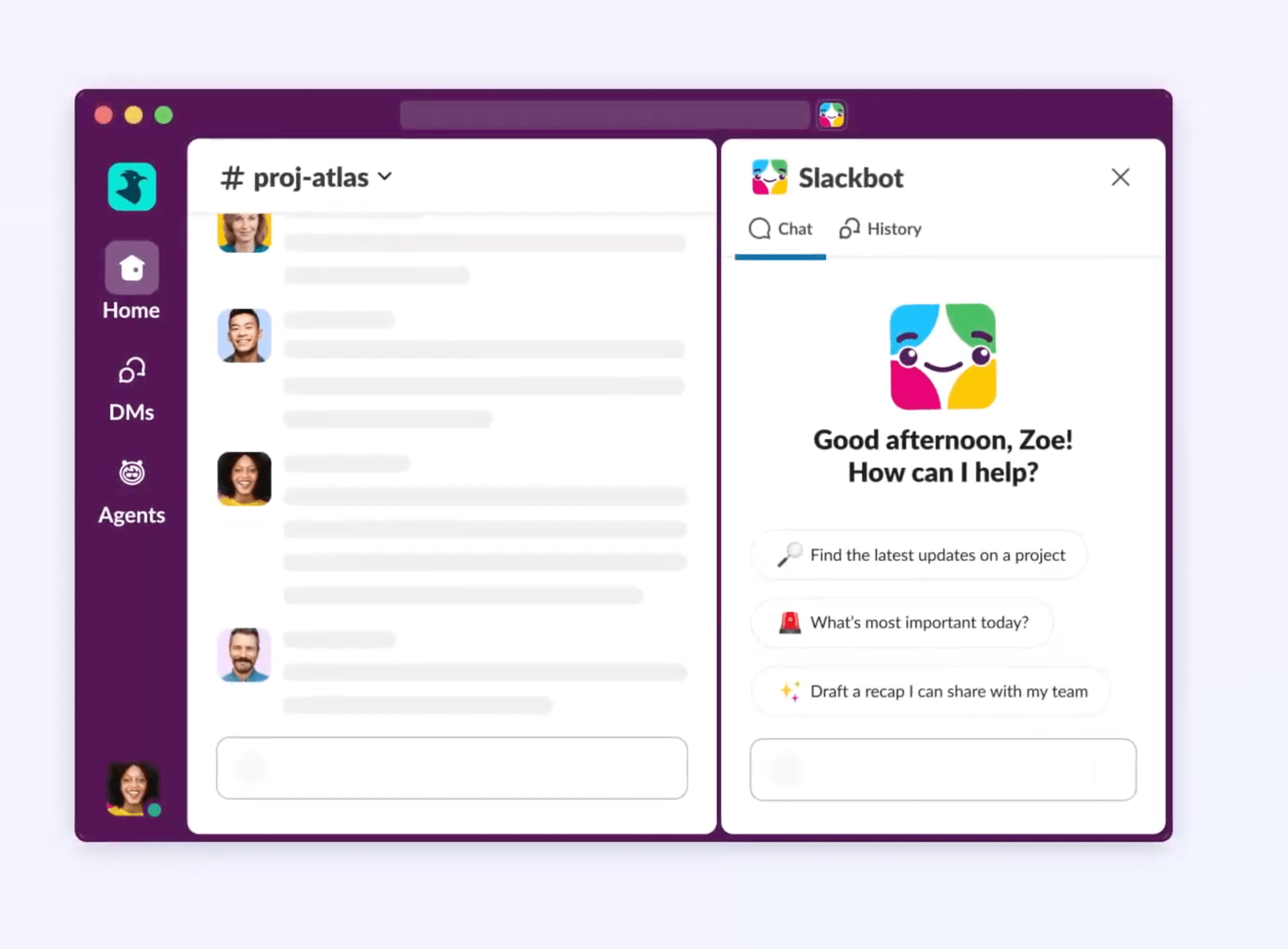
wi-fi 8 demonstrated with first prototype connection TP-Link has successfully tested an early prototype of Wi-Fi 8 hardware, marking a significant step toward the next generation of wireless connectivity.
wi-fi 8 demonstrated with first prototype connection
Overview of Wi-Fi 8 Development
The announcement from TP-Link comes at a time when the rollout of Wi-Fi 7 is just beginning to gain traction in the market. Despite the recent introduction of Wi-Fi 7, TP-Link is already making strides toward the future with its prototype of Wi-Fi 8, also known as 802.11bn. This early testing phase is considered a “critical milestone” in the development of the new standard, which aims to enhance the overall stability and reliability of wireless connections in congested environments.
Technical Specifications of Wi-Fi 8
While detailed specifications of the prototype have yet to be fully disclosed, TP-Link has confirmed that it has successfully validated the beacon and data transfer capabilities of Wi-Fi 8. This validation is crucial for establishing the feasibility of the technology for future consumer products. The prototype hardware was developed through a collaborative effort among industry partners, highlighting the importance of cooperation in advancing wireless technology.
According to Qualcomm, a key player in the development of Wi-Fi technology, Wi-Fi 8 is designed to prioritize stability and reliability over sheer speed. The new standard will continue to utilize the 2.4GHz, 5GHz, and 6GHz frequency bands, similar to its predecessor, Wi-Fi 7. However, Wi-Fi 8 is expected to offer a theoretical maximum channel bandwidth of 320MHz and a peak data rate of 23Gbps. These figures suggest that while speed remains a focus, the real-world performance and connection reliability are paramount in the design of Wi-Fi 8.
Key Features and Improvements
One of the primary goals of Wi-Fi 8 is to enhance performance in environments where low signal strength or high network loads are prevalent. As the number of connected devices continues to rise, the ability to manage multiple connections effectively becomes increasingly important. Wi-Fi 8 aims to address these challenges by improving the overall user experience, particularly in scenarios where users are further away from their routers or are moving around their homes.
Enhanced Device Management
Wi-Fi 8 is designed to manage more devices simultaneously, which is crucial as households and businesses become increasingly reliant on multiple connected devices. This capability is particularly relevant in smart homes, where various devices such as smart speakers, security cameras, and streaming devices often compete for bandwidth. By improving the management of these connections, Wi-Fi 8 seeks to reduce lag and enhance the overall performance of applications like gaming, streaming, and video conferencing.
Real-World Performance
Qualcomm emphasizes that Wi-Fi 8 represents a fundamental shift in focus from merely achieving peak speeds to ensuring reliable performance in challenging real-world conditions. This shift is particularly important as users increasingly rely on wireless connections for critical tasks such as remote work, online education, and telehealth services. The goal is to bring Wi-Fi closer than ever to the reliability and responsiveness typically associated with wired infrastructure.
Implications for Consumers and Businesses
The implications of Wi-Fi 8 extend beyond just improved speeds and reliability; they also encompass a broader impact on consumer behavior and business operations. As more devices become interconnected, the demand for robust wireless networks will only increase. Wi-Fi 8 aims to meet this demand by providing a more stable and reliable connection, which could lead to greater adoption of smart home technologies and IoT devices.
Impact on Smart Home Technologies
The rise of smart home technologies has been a significant trend in recent years, with consumers increasingly investing in devices that enhance convenience and security. Wi-Fi 8’s ability to manage multiple devices effectively will likely accelerate this trend, as users will feel more confident in their network’s ability to handle the demands of various smart devices. This could lead to a surge in the adoption of smart appliances, security systems, and home automation solutions.
Business Applications
For businesses, the implications of Wi-Fi 8 are equally significant. As remote work becomes more prevalent, companies are relying on stable and reliable internet connections to support their employees. Wi-Fi 8’s focus on performance in congested environments could help businesses maintain productivity and efficiency, particularly in office settings where multiple employees are using bandwidth-intensive applications simultaneously.
Industry Reactions and Future Prospects
The announcement of Wi-Fi 8 has garnered attention from various stakeholders within the tech industry. Industry experts and analysts have expressed optimism about the potential benefits of the new standard. Many believe that the focus on reliability and stability will address some of the longstanding issues that consumers have faced with wireless connectivity.
Expert Opinions
Experts from various sectors have weighed in on the significance of Wi-Fi 8. Some have highlighted the importance of addressing the challenges posed by increasing device density in homes and workplaces. The ability to maintain a stable connection in these environments is seen as a crucial advancement that could enhance user experiences across various applications.
Consumer Expectations
As consumers become more aware of the limitations of existing Wi-Fi technologies, expectations for Wi-Fi 8 are high. Users are looking for solutions that not only provide faster speeds but also ensure a reliable connection, especially in scenarios where multiple devices are in use. The promise of improved performance in real-world conditions is likely to resonate with consumers who have experienced frustration with their current wireless networks.
Timeline for Adoption
While TP-Link’s successful prototype testing is a promising development, the timeline for widespread adoption of Wi-Fi 8 remains uncertain. The Institute of Electrical and Electronics Engineers (IEEE) is expected to finalize the standard by 2028, but TP-Link anticipates that consumer devices will be available even before the official ratification of the standard. This proactive approach could position TP-Link as a leader in the market, allowing it to capture early adopters eager to upgrade their home and office networks.
Future Developments
As the industry moves closer to the official rollout of Wi-Fi 8, further developments are expected. Manufacturers will likely continue to refine their hardware and software solutions to maximize the potential of the new standard. Additionally, ongoing collaboration among industry partners will be essential to ensure that the technology meets the evolving needs of consumers and businesses alike.
Conclusion
TP-Link’s successful testing of Wi-Fi 8 marks a pivotal moment in the evolution of wireless connectivity. With its focus on stability, reliability, and improved performance in congested environments, Wi-Fi 8 has the potential to transform how consumers and businesses utilize wireless networks. As the demand for connected devices continues to grow, the advancements brought by Wi-Fi 8 could pave the way for a more seamless and efficient digital experience.
Source: Original report
Was this helpful?
Last Modified: October 13, 2025 at 6:38 pm
0 views















